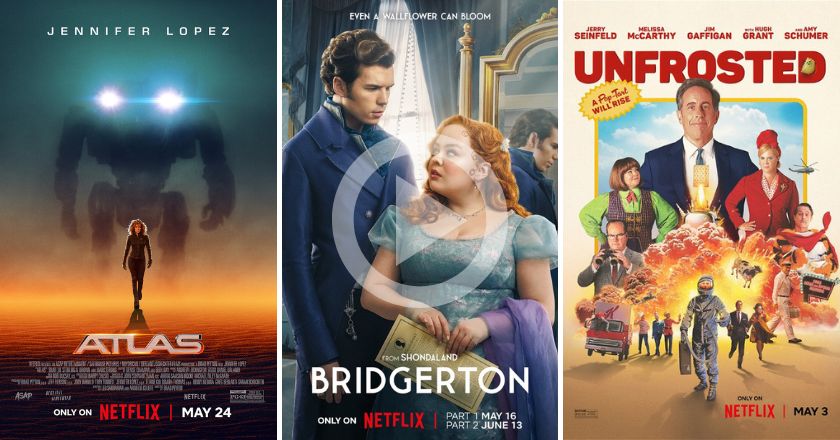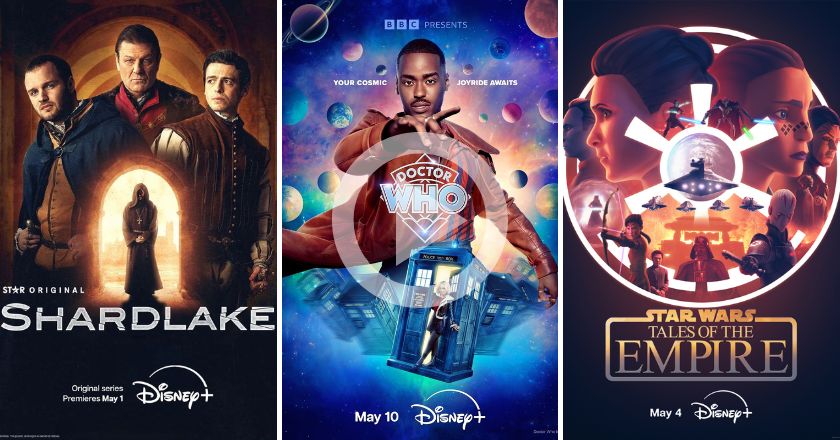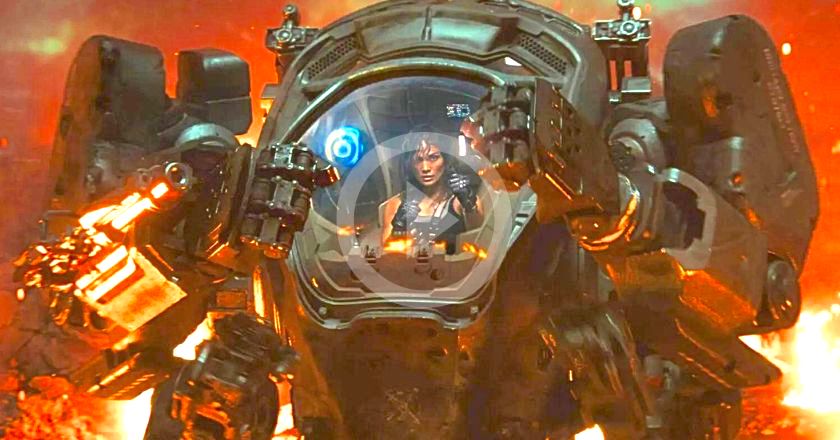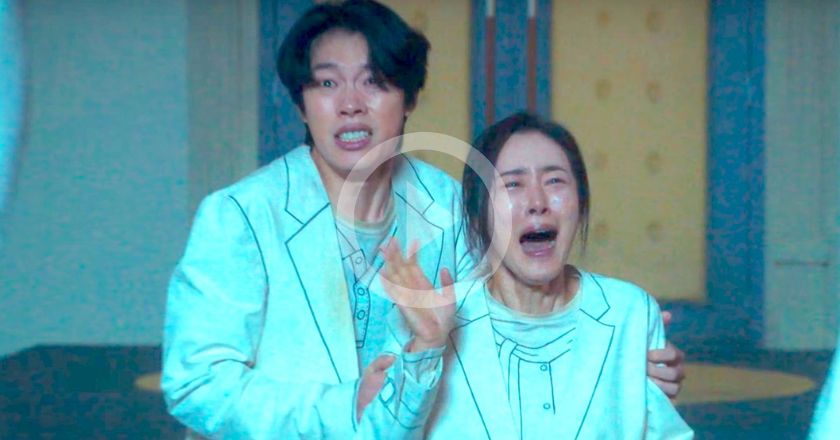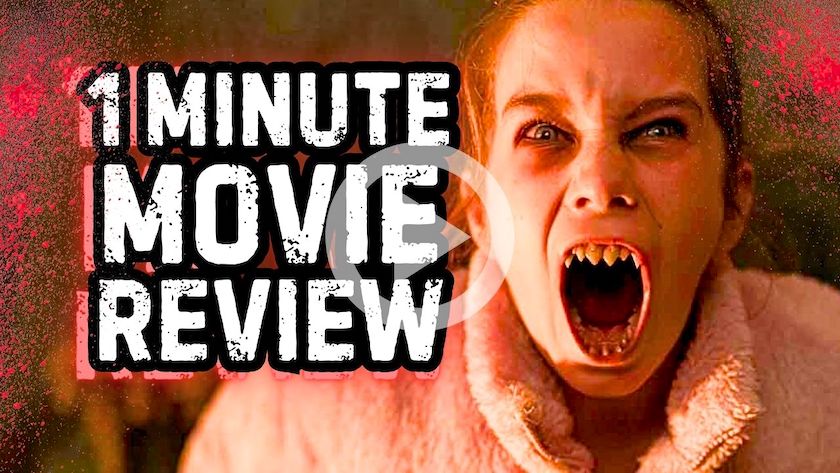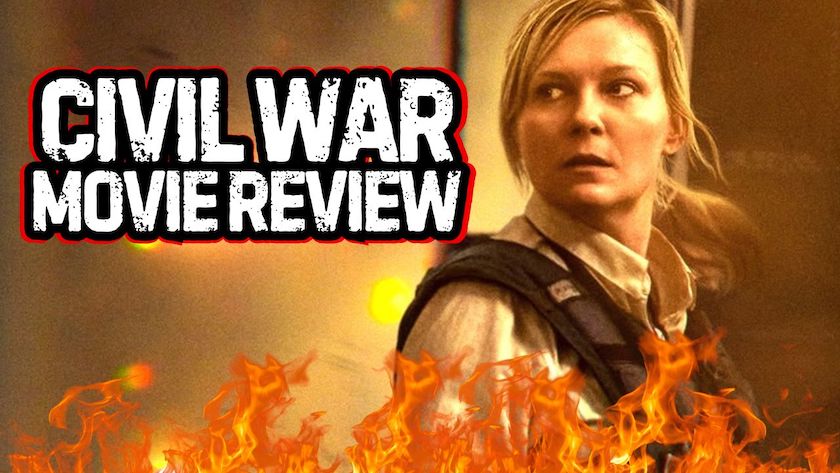
There are only a handful of actor-filmmakers that can boast to have established themselves as standouts on both sides of the camera. Clint Eastwood, Ben Affleck, Charles Chaplin, to name but a few. I would count Mel Gibson among them, and while the man’s real-life antics have taken the spotlight away from his screen projects in recent years, his strong turn in front of the camera in Blood Father and his work behind the camera here with Hacksaw Ridge suggest that he is well and truly on the “come back” path.
With Hacksaw Ridge, Gibson tackles the true story of Desmond T. Doss, a man who served as a medic during the WWII Battle of Okinawa and did so without carrying a weapon or firing a single bullet.
Doss’ faith and ideals came first, his Seventh-Day Adventist beliefs leading him to deny the use of a firearm and, primarily, to not kill – no matter the reason. Regardless of one’s ideals or religious leanings, there are elements of Doss’ path that can strike an emotional chord, such as standing for what you believe in, even when you stand alone, and holding an unwavering care for humanity. Of course, no matter the face-value respectability a story can hold, it’s on the filmmaking team to bring it all to life with the right cinematic attributes on display. Thankfully, Gibson has his eye on the prize.
Hacksaw Ridge kicks off with some of the horror we’re to experience later in the film: in-your-face snippets of the war Doss will experience before it’s all over. The film then jumps back to Doss’ childhood, as he learns of violence and aggression by way of fisticuffs with his brother and his father’s drunken, emotionally troubled bearing. The film smoothly takes us through some of Doss’ formative periods, soon introducing us to a young man – now played by Andrew Garfield – whose wide-eyed innocence and optimistic vibe will no doubt soon be suffering a beating in more ways than one. Much of the early focus is on his unfolding relationship with Dorothy Schutte, played by Teresa Palmer, and it’s their relationship that gives us much of the emotional oomph needed before he enlists.

The film’s pre-enlistment period arguably holds the most of what one could perceive as small missteps. Gibson’s previous directorial efforts (Braveheart, The Passion of the Christ, Apocalypto) weren’t marked by subtlety, and the filmmaker’s desire to unabashedly showcase sentiments and guide viewer emotions are in full effect during the film, and more so in this section. Seeing as we’re to understand the man who will cause such a ruckus when he signs up to the army, this early period has Doss interacting with family and Dorothy in a series of smaller-scale moments that often dip into melodrama or obvious, occasional saccharine exchanges. And yet, it’s Gibson’s unwavering desire to get you on board and the strong performances that manage to win you over, even if you’re oh-so aware of the strings being pulled. This remains true for the rest of the film, although it’s much, much easier to take during the big-scale drama that hits later.
Garfield and Palmer are a winning combination. Their chemistry is tangible, both actors more than convincing in a relationship that is as simple as it is pure and tender. There’s a strong sense of care between the two, and it’s what pulls us through the cheese that can often arrive during their scenes. Hugo Weaving is also impressive as Doss senior, a man who bears the experiences of his own brutal war days heavily on his shoulders, weighing down his ability to connect with his sons and to lay off the bottle.
But of course, it’s Garfield who has the biggest task here, having to convince us of a man who holds a genuine desire to make a stand by helping his country and his fellow men, but who holds an untiring determination to do it as a faith-filled Conscientious Objector. Garfield is fantastic in the role. It’s a highly physical gig, as the film’s exhausting second half demonstrates, but it’s Doss’ internal strength and motivation that Garfield really manages to tap into. Doss could have easily been a persona infused with eye-rollingly preachy elements, but the screenplay and Garfield’s performance do well to keep the character away from moralism.
The film really kicks into gear during Doss’ period in training for the war, and it doesn’t let up from there on. Gibson and screenwriters Andrew Knight & Robert Schenkkan are determined that you care for Doss and sympathise – if not empathise – with his morals, and witnessing the oppression and general mistreatment he receives by superiors and fellow would-be soldiers at the barracks is certainly the right way to make that happen. Also, kudos are in order for not making these men, which include Vince Vaughn’s quippy Sergeant Howell and Luke Bracey’s tough guy Smitty, simple-minded baddies laying into Doss simply because he’s different.

And then we’re at war. Pure hell. Gibson’s confident direction and control of the medium is on full display, giving us war scenes that are confronting, relentless and superbly realised. It’s highly violent and brutal, and yet necessarily so, heightening the juxtaposition between what Doss stood for and what he experienced around him. Furthermore, there’s a clear purpose for the unrelenting nature of certain sequences: placing you in this horrific situation. A film about peace and faith can, and in this case should, present the other side of the spectrum in a way that hits home hard.
On a filmmaking level, Hacksaw Ridge‘s war scenes offer an array of impressive factors. The ridge itself is laid out beautifully, geographically speaking, constantly allowing the audience to find their visual footing in the midst of all the chaos. And despite not being a huge, sprawling setting, it’s juiced for all it’s worth, giving us a location that holds more than enough areas to wring out tension and stage big-scale war battle scenes, while undoubtedly also keeping that budget to a modest level. The choreography is solid, the camera work tight and fluid, and Rupert Gregson-Williams’ score amps up the emotion. Again, it’s exhausting stuff, building to a climax that, while not necessarily surprising, is both stirring and powerful.
Gibson is in complete control of his craft here, giving us a crowd-pleasing, emotional true story that carries its heart proudly on its sleeve. A little more subtlety throughout could have worked wonders, no doubt about it, but push aside the mawkish, decidedly old-fashioned aspects and you’re left with an impassioned, confidently crafted picture.
THE REEL SCORE: 8/10

